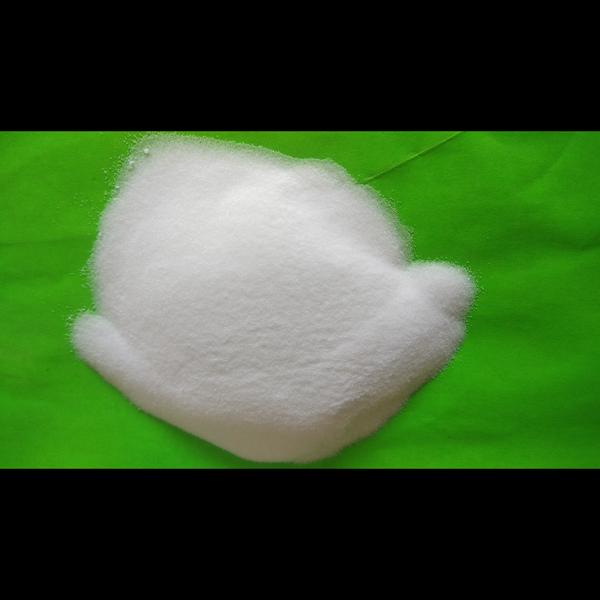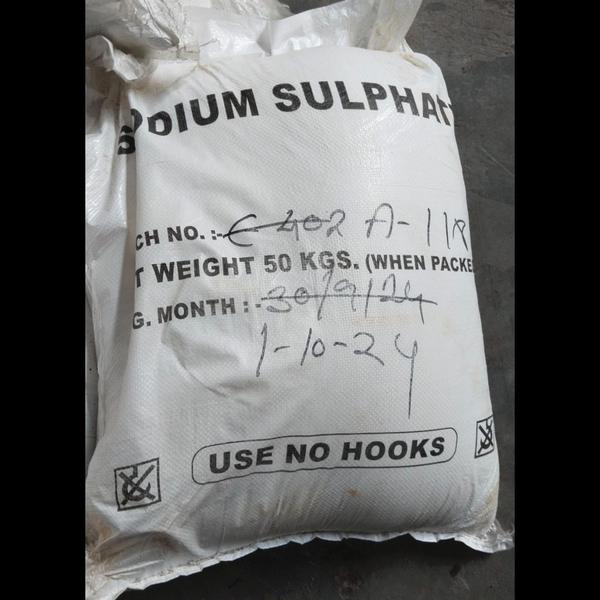Israel-Iran Conflict: June 2025 Overview
Background: Tensions escalated in early 2025 due to Israel’s continued targeting of Iranian nuclear and military assets.
Nature of Conflict: Not a full-scale war but characterized by:
Missile strikes and retaliations.
Cyber warfare.
Disruptions in shipping through the Persian Gulf and the Strait of Hormuz—vital for global energy and chemical shipments.
🇮🇳 India's Chemical Industry: Exposure & Impact
India is heavily dependent on the Middle East for:
Feedstock chemicals
Fertilizers
Oil-linked intermediates
The ongoing conflict has triggered supply shocks, price surges, and logistical challenges. Let's break this down by product categories and business scenarios.
🧪 1. Fertilizers & Agrochemicals
Key Products:
Urea, Ammonium Sulphate, DAP, Potassium Nitrate
Impact:
Iran is a key supplier of Urea and Ammonium compounds to India.
Ongoing conflict has:
Delayed shipments from Bandar Abbas port.
Increased insurance and freight costs for imports.
Pushed up domestic prices (Ammonium Sulphate +10–12%, Urea +8%).
Consequences:
Indian farmers may face higher input costs during kharif season.
Indian producers like RCF, GSFC, and NFL are under pressure to stabilize supply.
🏭 2. Basic & Commodity Chemicals
Key Products:
Methanol
Acetic Acid
Caustic Soda
Sodium Nitrate / Sulphate / Acetate
Toluene & Benzene-based derivatives
Impact:
Feedstock methanol and acetic acid prices surged due to Gulf route risk.
Sodium-based chemicals, which depend on global soda ash and sulfur cycles, are now costlier due to energy price hikes.
Indian chemical processors are passing costs downstream, squeezing margins.
Example:
Sodium Acetate price jumped ~6% in Gujarat due to acetic acid import volatility.
⚗️ 3. Specialty & Fine Chemicals
Key Products:
Pharma intermediates
Agro-intermediates
Dyes and pigments
Impact:
These rely on petrochemical derivatives, now affected by:
Crude price fluctuations (Brent: $100/barrel average in May–June).
Volatile supply of precursors from Iran, UAE, and Saudi Arabia.
Effects:
Export-focused clusters in Ankleshwar, Vapi, and Panoli are facing:
Costlier imports
Delayed shipments
Pressure to find alternate suppliers
⚠️ 4. Logistics & Banking Channels
Instability in the Persian Gulf affects:
Indian imports via Iran and UAE routes
High container costs and delayed customs clearance
Banking channels with Iran (like UCO Bank) face tightening due to renewed U.S. and EU sanctions.
L/C issuance halted in many cases.
Indirect trade (via Oman/UAE) adds 10–15% in cost.
📊 Broader Industry Effects in India
Area Description
Production Cost Rising across all chemical verticals due to energy, shipping, and input volatility
Import Dependency Rising risk for products sourced from Iran/Gulf (urea, methanol, ammonia)
Domestic Manufacturers Slight advantage as buyers shift from risky imports to local supply
Export Potential Indian exporters gain some edge in Europe/SE Asia, filling Iran's gap
Government Response Exploring alternate routes (Russia, Turkmenistan), increased subsidies
🌍 Strategic Shifts & Business Advice
✅ Opportunities:
Local chemical players should capitalize on the shift toward 'China +1 + India' sourcing in the global market.
Focus on high-demand exports: sodium-based salts, acid dyes, and agro intermediates.
🚫 Risks:
Continued conflict may lead to shipping embargoes, currency volatility, or even cyberattacks on supply chains.
Iran-linked supply contracts are increasingly seen as high-risk.
🧭 Recommendations:
Diversify sourcing: Look to Egypt, Oman, or even Eastern Europe for sensitive imports.
Stock critical intermediates: Especially for monsoon season when demand rises.
Digitize trade tracking: Use ERP/CRM tools to monitor supplier risk and logistic delays.
Tap into government incentive schemes: Especially under PLI for Chemicals and Agri Inputs.
🔚 Conclusion
The Israel-Iran tension is a geopolitical flashpoint with real, material effects on India’s chemical trade. It has led to:
Costlier imports
Logistics disruptions
Greater demand for domestic output
While this is a challenge, it is also a chance for Indian chemical manufacturers and traders to reposition themselves as reliable global players.
Keywords
iran uae
buyers shift
energy shipping
domestic output
geopolitical flashpoint
israeliran tension
erpcrm tools
monsoon season
eastern europe
egypt oman
risky imports
products sourced
omanuae adds 1015
ankleshwar vapi
petrochemical derivatives
pigments impact
sulfur cycles
rcf gsfc
imports pushed
freight costs
delayed shipments
ammonium compounds
product categories
middle east
heavily dependent
persian gulf
missile strikes
fullscale war
iranian nuclear
gujarat due
costlier due
early 2025 due
key supplier
ongoing conflict
global energy
india ongoing conflict
chemical verticals due
monitor supplier risk
reliable global players
global market focus
global soda ash
indian chemical manufacturers
indias chemical trade
real material effects
agri inputs conclusion
government incentive schemes
logistic delays tap
cases indirect trade
mayjune volatile supply
military assets nature
israels continued targeting



